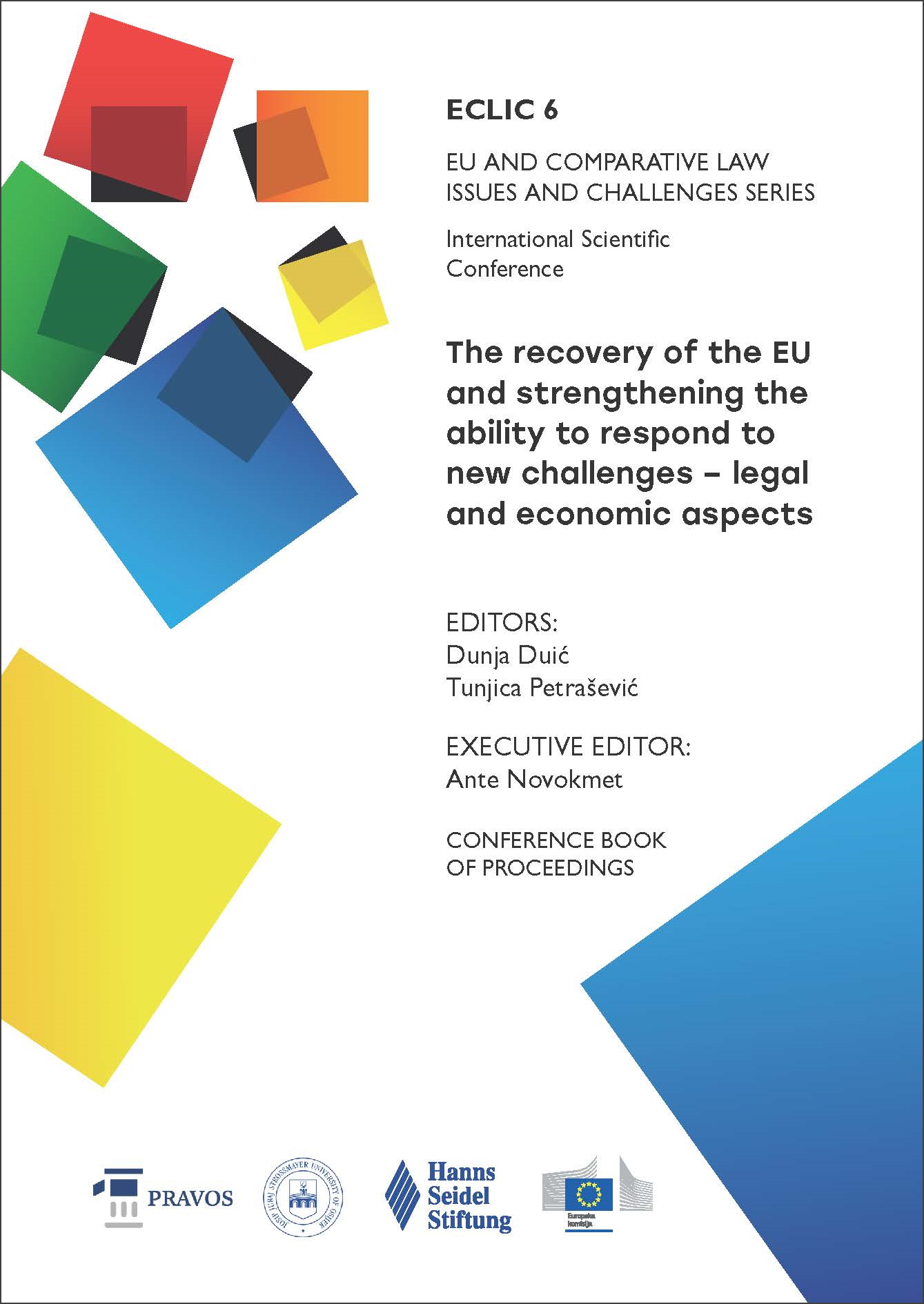THE EU COMMISSION PLAN TO SUPPORT THE ECONOMY
THE COMPATIBILITY OF STATE AIDS IN EMERGENCY SITUATIONS
DOI:
https://doi.org/10.25234/eclic/22412Abstract
The serious risk of a general economic crisis within the internal market, due to the development of the COVID-19 pandemic, has pushed the EU Commission to react in the context of the economic and financial support to the undertakings. The EU Communication of 13 March 2020 offers a first coordinated answer to the prospected crisis. Its most interesting aspect is the clarification of the financial and economic intervention in the economy. The EU Commission suggests that the best actor for the intervention to maintain the competition in the internal market is that of the State(s), but rush to subsidies shall be avoided. Therefore, parts of the Communications are devoted to the evaluation and to the compatibility of State aid projects, in the creation of a new Temporary Framework on State aids. This general approach has proved not-efficient as the pandemic had started affecting all the (Member) States, which reacted with different lock down measures. Therefore, the following amendments to the Communications focus on the future applicable criteria for the compatibility of State aids to face the economic crisis. This paper analyses the EU Commission Temporary Framework on State aid, in order to detect the extent to which it derogates or softens the previous system. For this purpose, the article analyses in depth the EU Commission’s Communications in the light of regulation n. 651/2014. After a brief analysis of the practice, the continuity of the Temporary Framework with the common State aid regulation is stressed.
Downloads
Published
How to Cite
Issue
Section
License
Copyright (c) 2022 Silvia Marino

This work is licensed under a Creative Commons Attribution-NonCommercial 4.0 International License.
Authors retain the copyright on the papers published in the Journal, but grant the right of first publication to the Journal. Papers accepted for publication or already published in ECLIC of the Faculty of Law in Osijek may be published by the author(s) in other publications only with proper notice of its previous publication in ECLIC.


